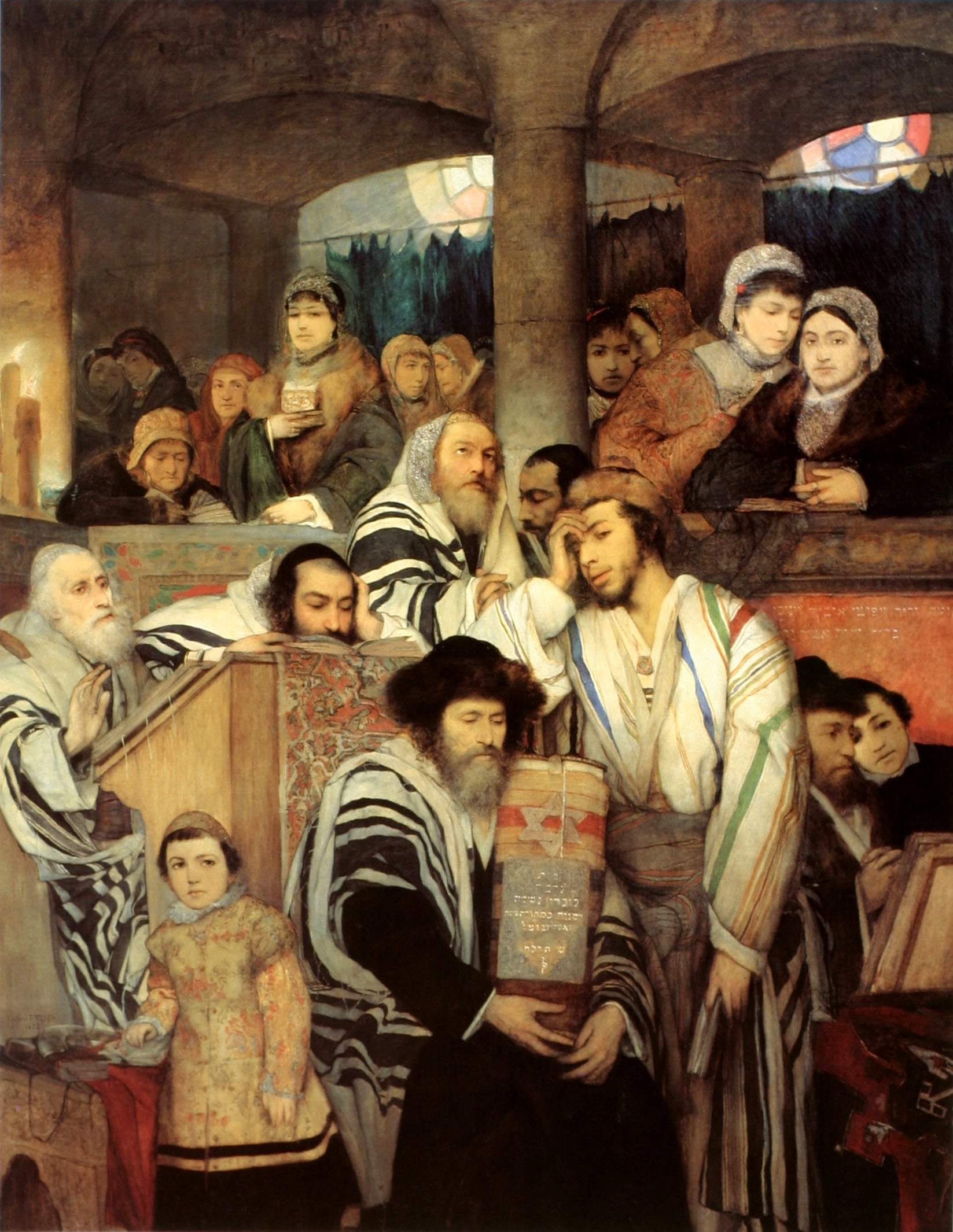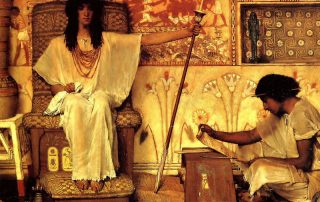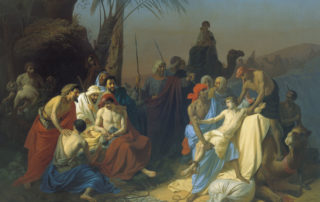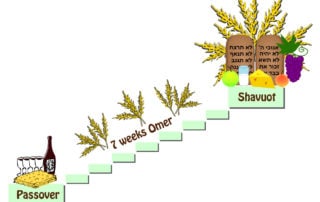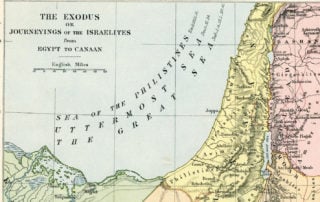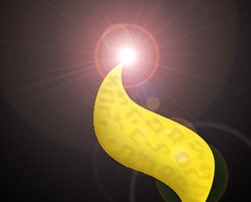What Is a Soul? II. Anatomy of the Soul
In the biblical story of the creation of Adam, the Torah states: Then the Eternal G‑d formed man of the dust of the ground, and breathed into his nostrils the breath of life; and man became a living soul.Genesis 2:7 The word translated into English as “soul” in the original Hebrew is nefesh. This is the first and the lowest level of the soul given to Adam. The taxonomy and anatomy of a soul in Judaism are quite complex. Original biblical sources speak of three levels of the soul: nefesh (“soul”), ru’ach (“spirit”),[1] and neshamah (“breath”).[2] The Kabbalah speaks of the five levels of the soul: nefesh, ru’ach, neshamah, chayah, and yechidah. This is based on classical rabbinic sources. As stated in the midrash, “By five names is the soul called: nefesh, ru’ach, [...]


